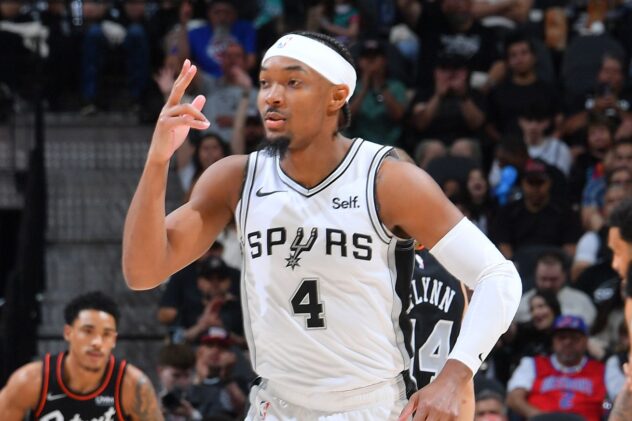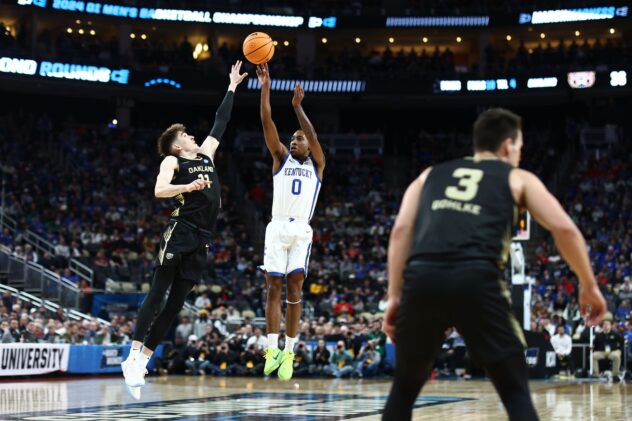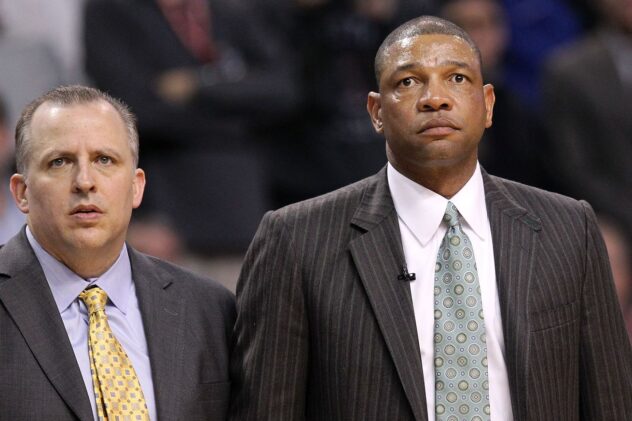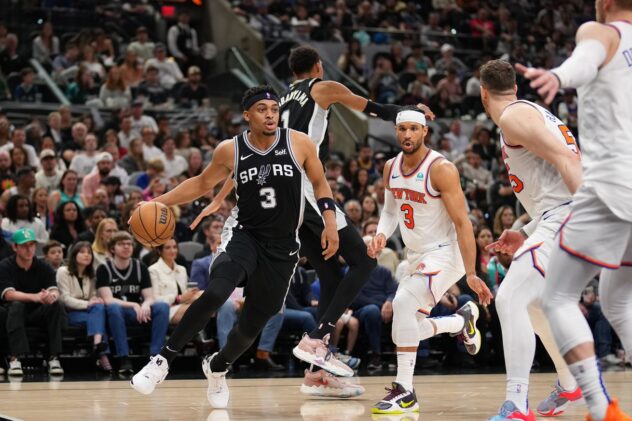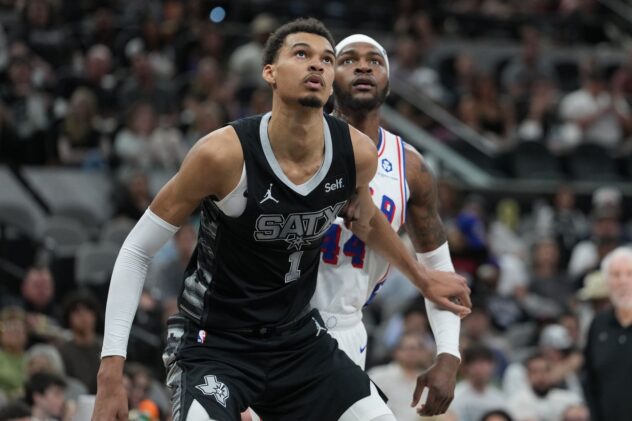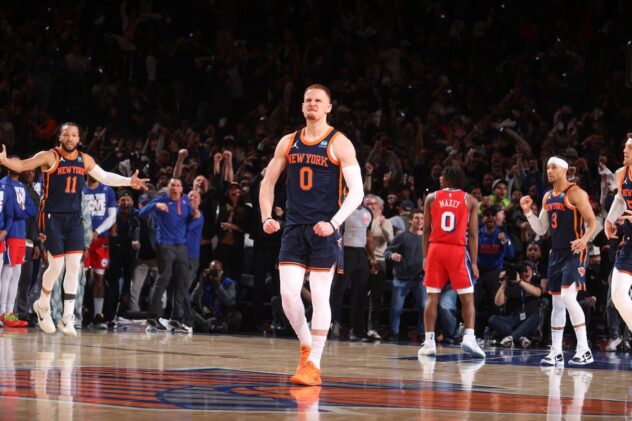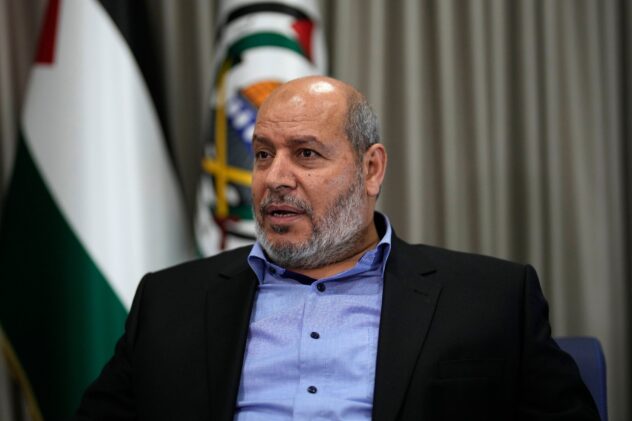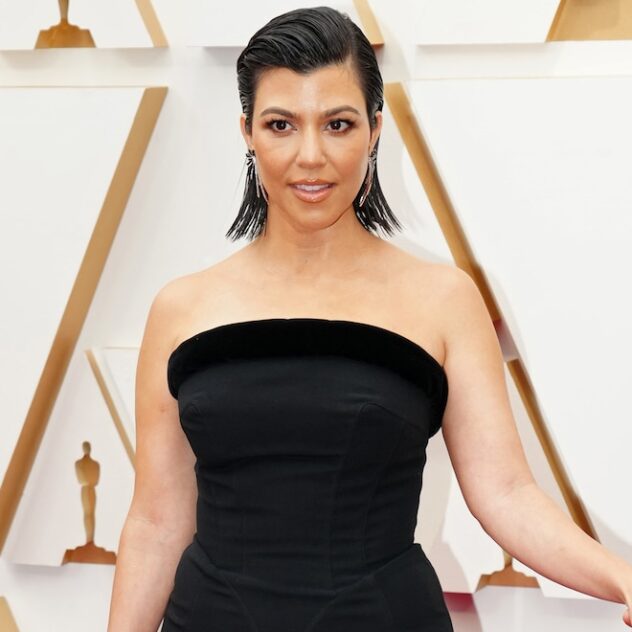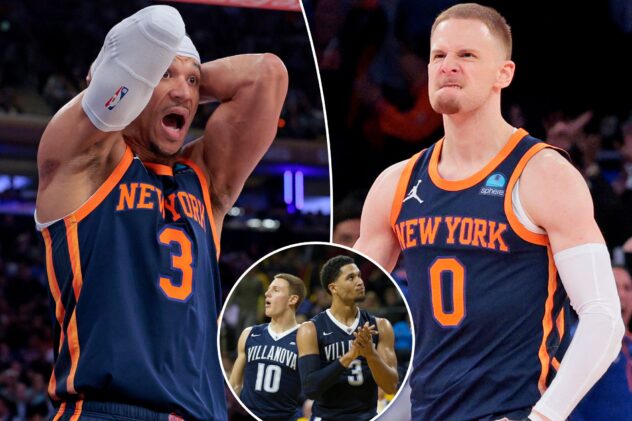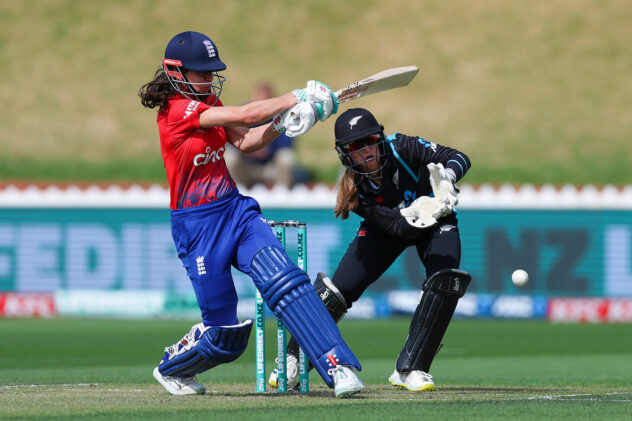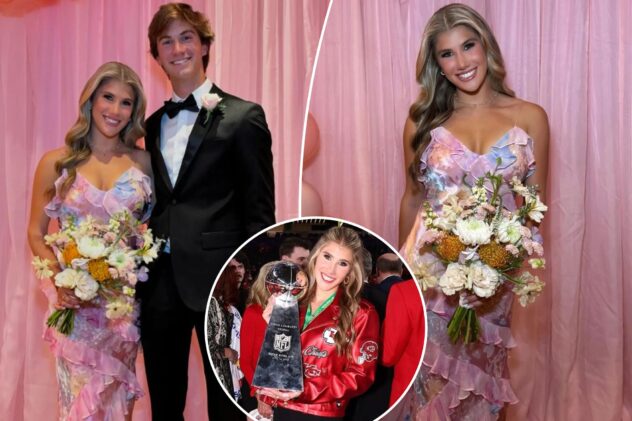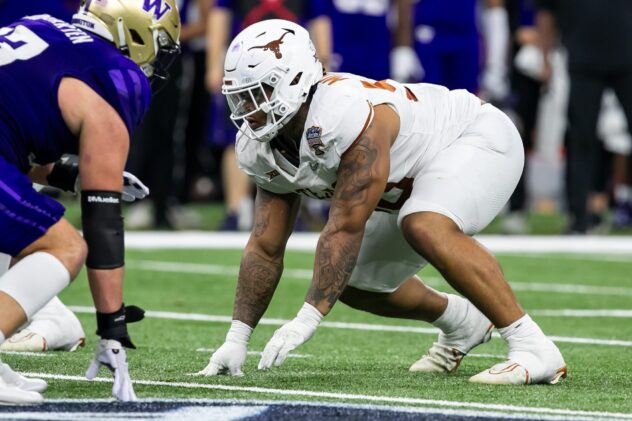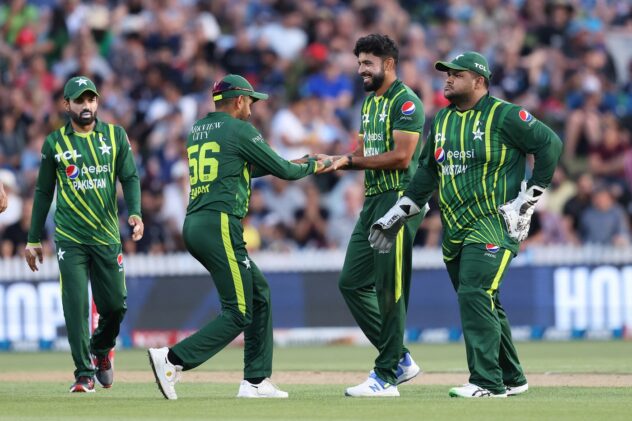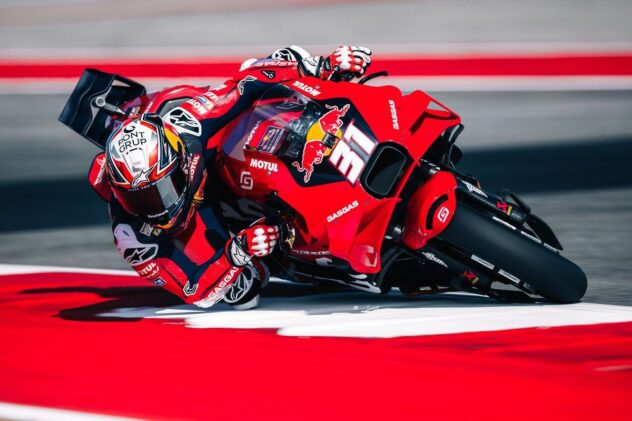2020 NBA Draft Big Board, Part 1
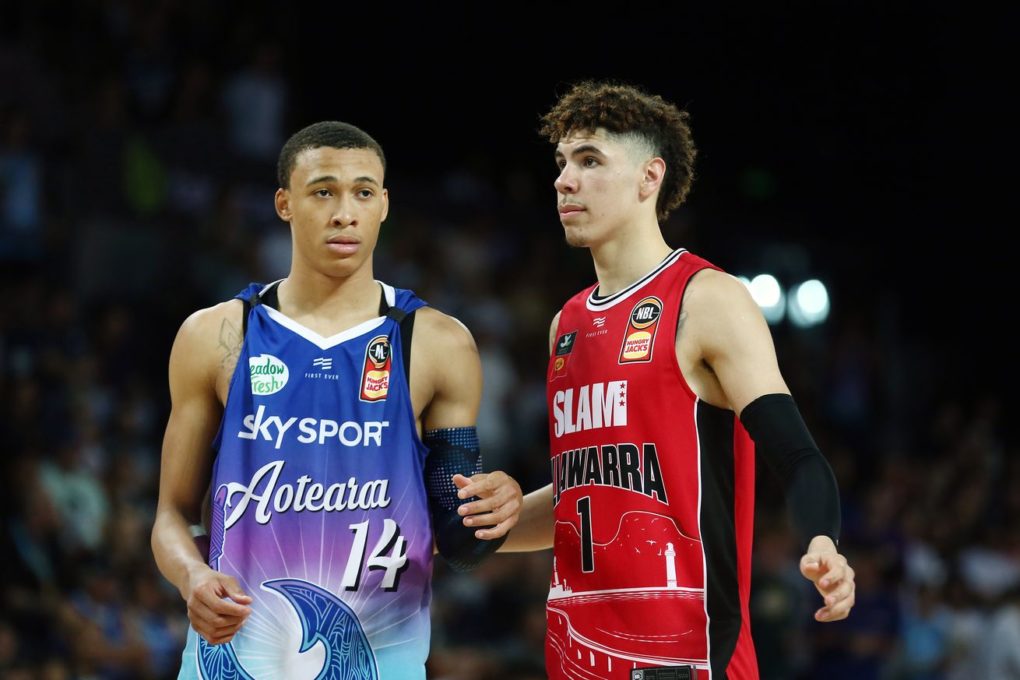
Photo by Anthony Au-Yeung/Getty Images
Looking at the top players available for the 2020 NBA draft.
Before the shocking news that the NBA would be suspending the season for at least 30 days while dealing with the Coronavirus, I had a joke about the Spurs probably being able to pick in the lottery for the first time since Tim Duncan.
Now, with a much more somber mood surrounding not only basketball, but society as a whole, our world will try to navigate itself without sport for the first time in who knows how long. I was preparing to release this board on Selection Sunday, however present circumstances alter things.
Anyways, for those of you who want some reading to occupy yourself, I finally got around to releasing my first NBA Draft Big Board of the season. I broke my top 50 players into 6 tiers and gave a little bit of information on each of them, as well as listing some honorable mentions and even players to look out for next season. Today we’ll be looking at Tiers 1 and 2.
Reach out to me @AneeshNamburi for any questions or in the comments below and I would be happy to answer them. Please do it. I’m very bored right now.
Tier 1
1) LaMelo Ball (Illawara, Guard, 2001)
As you might have heard, the 2020 draft class is one of the weaker ones in recent years. Regardless, every list has to have a leader, and for me, the same player has been atop my board for almost six months: LaMelo Ball.
Ball is a phenomenal play maker, both in transition and half court, using his handle, vision, IQ, and 6-foot-7 height to create plays out of nowhere. Ball has also shown great touch in the paint extended, with the potential to eventually threaten defenses as a scorer from all 3 levels of the floor. While he will probably never be a primary scoring option, he does not need that to reach his potential.
In order to progress to a franchise point guard, Ball needs to continue to get stronger, improve his defensive fundamentals, and hone his outside shot, which is no given despite his phenomenal touch. His game should translate to a productive NBA player, even without reaching his highest outcome. When you take his ceiling into account, Ball could be a franchise floor general.
2) Killian Hayes (Ulm, Guard, 2001)
Hayes’ performance in Europe suggests that he has the potential to turn into one of the NBA’s top guards. He an extremely skilled passer, specifically in the pick and roll. Adding strength to his frame most likely completes his already very good finishing package, where Hayes uses a combination of touch, control, and length to score around the basket. With his 6-foot-5 size, defensive instincts, and good hip movement, he probably will be an average NBA defender with the ability to switch up to smaller 3’s if necessary.
An issue with Hayes reaching his upside is a lack of burst and verticality, but I have seen/heard many people say that he has improved compared to last season, so there might be hope for Hayes to reach an average level in both of these areas. While he has shown positive shooting indicators (hovering around 85% from the foul line this season + really nice touch and solid form), this is his first season being any sort of credible threat from deep. Continuing to hone his game here would be extremely beneficial. Hayes is another player that should end up being a solid starter at the very least with room to improve.
3) Deni Avdija (Maccabi Tel Aviv, Wing/Forward, 2001)
Avdija’s strong play with Maccabi has helped propel a strong rise that started in FIBA competition over the summer. Avdija’s main skill is his playmaking from the forward spot, acting as a secondary playmaker within the NBA setting. While Avdija is not going to confuse anyone with an All-NBA defender due to athletic limitations, he still projects as a solid defender that does not need to be hidden. Avdija is also excellent from the post, whether that be taking advantage of a mismatch and getting to the hoop or finding an open teammate. While his shooting is a bit questionable, I tend to be a little higher on his potential to become a threat from outside.
Avdija does not really excel in any one area, which most likely limits him from turning into a first or second option, but getting a do it all forward that can dribble, pass, and shoot while providing solid defense is about as good as it gets if you do not need a star.
4) Onyeka Okongwu (USC, Big, Freshman)
Despite being a fairly touted prospect (20th in the ESPN Top 100 for 2019), Okongwu entered the college basketball season under the radar from a draft perspective. The 6-foot-9 big from Chino Hills quickly made himself known, starting his collegiate career with back to back 20 point performances. While slightly undersized for a center, Okongwu projects strongly on the defensive end with a tenacious motor on the glass, mobility, explosiveness, and athleticism that should lend helpful with defending the rim as well as guarding the pick and roll.
He is a terror in the pick and roll due to his “stickum-like” hands, ability as a lob threat, explosive first step, and really soft touch around the hoop. Okongwu has also showed promise from the short roll and with his jumper, but these areas still need development. I am usually averse to making comparisons, but the best version of Okongwu could provide a Bam Adebayo-type impact for a playoff team down the road.
5) Anthony Edwards (Georgia, Guard/Wing, Freshman)
Edwards probably has the most talent and highest ceiling of anyone on this draft. Standing at 6-foot-5 and 225 pounds with a 6-foot-9 wingspan with elite physical tools, Edwards is a force when he gets ahead in transition. Additionally, Edwards has proven a ceiling of shot making that no other prospect is likely to hit. He has the ability to make a shot from almost anywhere on the court. When he gets to the hoop, it is tough to spot him due to his touch and strength that prevents him from getting knocked off balance easily.
So why do I have Edwards all the way down here on my board? I have doubts that he can translate to title contending basketball in his projected role. For some projected as a primary ball handler, his IQ, handle, and efficiency leave much to be desired, as evidenced by his essentially 1:1 assist to turnover ratio and sub-50% effective field goal percentage. Additionally, Edwards’ shot selection is iffy at best, settling for jumpers in the half court too often instead getting to the basket. There is little question that Edwards can put up points in the NBA, it is just whether those numbers will translate to a winning setting.
Tier 2
6) Cole Anthony (UNC, Guard, Freshman)
Anthony’s freshman year at North Carolina do not tell the true tale of his NBA upside. With a lack of passable talent around him, opposing defenses have really keyed in on Anthony throughout the year, leading to tough numbers in terms of efficiency. Anthony is about as close to NBA ready as it gets for a scoring point guard. He can shoot both on and off the ball, and constantly threatens defenses due to the threat of his pull up shooting. Anthony has a mindset and frame tailor made to the NBA, which bodes well for his high level offensive game translating to the pros.
One of the areas that UNC has impacted his numbers is finishing around the hoop. While it is not his greatest strength, he is better than the pretty poor numbers generated during his freshman season. Furthermore, Anthony is a decent passer, but has not yet figured out how to play both scorer and distributor at the same time. Depending on the development of these skills, Anthony could move from a scoring guard who needs to share the floor with a primary playmaker to a very good starting NBA point guard.
7) Isaac Okoro (Auburn, Wing/Forward, Freshman)
Okoro’s value is different than most high lottery prospects, where rather than changing the game by the number of points he generates, he provides impact in almost every area on the court, specifically on the defensive end.
At around 6-foot-6 with a powerful base, quick feet, and decent length, Okoro has potential to become someone that you put on the other team’s best wing, in addition to providing high level team defense and defensive playmaking. Offensively, Okoro excels by consistently making winning plays, whether that be cutting, attacking the hoop, or passing.
In order to warrant a selection in his draft range, Okoro needs to fix his jump shot, which to put it nicely, needs some significant work. Currently shooting 66% from the foul line and 28% from 3, the reason for hope is his touch around the rim. If his shot comes around, Okoro could provide additional value as a secondary creator, and potentially turn into one of the NBA’s most valuable role players.
8) Tyrese Maxey (Kentucky, Guard, Freshman)
It is all there for Maxey physically as an NBA point guard: 6-foot-2(ish) with a 6-foot-6 wingspan, nice baseline strength wise with room to improve/grow, quick hips, feet, and hands, and controls himself well. But can he play that position? The thing potentially holding Maxey back is his passing, and the belief is that he most likely will not be an NBA point guard. If he cannot get to that level, he should still fit in nicely as a secondary creator. As a scorer, Maxey’s upside depends on his handle and jumper. His handle, despite being effective, is limited and needs to expanded in order to diversify his shot arsenal. While he has really good touch, an 83% free throw percentage, and a smooth looking shot, he is shooting just 29% from deep.
He should be a good guard defender at the next level, but it will be curious to see if he can be more opportunistic defensively when that role is not already filled by one of the best in the country in teammate Ashton Hagans (more on him later).
9) Tyrese Haliburton (Iowa State, Guard, Sophomore)
Haliburton is one of the most interesting prospects in recent memory. Looking at both his counting numbers and especially advanced stats, you would see no reason to keep him out of the top 5. Before a season ending wrist surgery, Haliburton was averaging 15.2 points, 5.9 rebounds, 6.5 assists (only 2.8 turnovers), and 2.5 steals per game on 50/42/82 shooting. He also had a 63% true shooting percentage, a 3.8 steal percentage, and 2.0 block percentage, and a net rating of 27.1. Those are a wild collection of numbers rarely seen in college.
Despite being one of college basketball’s best players, he raises concerns with his really funky shot mechanics and physical tools tied to a lack of burst or strength, all of which currently lowers his offensive ceiling. While I buy his shot with some tweaks, his elite passing, IQ, and defensive play making all hold his value up even if the shooting and attacking do not translate.
10) Kira Lewis (Alabama, Guard, Sophomore)
Despite being younger than a lot of freshmen in his draft class, Lewis has been putting up some big numbers for the Crimson Tide this season, scoring 18.5 points per game on 56% true shooting and also dropping 5.2 assists per game.
Lewis has the potential to be a dynamic scorer in the NBA, both in transition and the half court. Lewis is lightning quick and has the ability to get to the hoop almost at will, and should keep defenses honest as his pull up shooting continues to get better. That advantage is somewhat muted due to a lack of strength holding back his finishing percentages around the rim, but if Lewis turns this around, he could become deadly.
While Lewis has shown ability to make high level passes consistently in his two seasons at Alabama, his decision making leaves much to be desired for. If his development in this department falters, Lewis might need an additional play maker depending how far it progresses.
11) RJ Hampton (New Zealand, Guard, 2001)
Another top US prospect who chose to go overseas and played with Ball in the NBL, Hampton did not put up the gaudy numbers due to the team structure and his role. However, he still had a largely positive outing before a hip injury ended his international stint in December. Hampton’s baseline is most likely a backup combo guard, and has the potential to a 6th man/low end starter based on how much his 3 point shooting and defensive effort/fundamentals improve. He currently has shown flashes in a variety of areas offensively, whether it be driving to the hoop, running some pick and roll, shooting potential, and passing. How good he can become in each of these areas will determine his level of success as a pro.
Check back tomorrow for Tiers 3 and 4, and after that will come 5 and 6, plus some honorable mentions and players who deserve consideration by have not opted for the draft.
2020 NBA Draft Big Board, Part 1
2020 NBA Draft Big Board, Part 1

